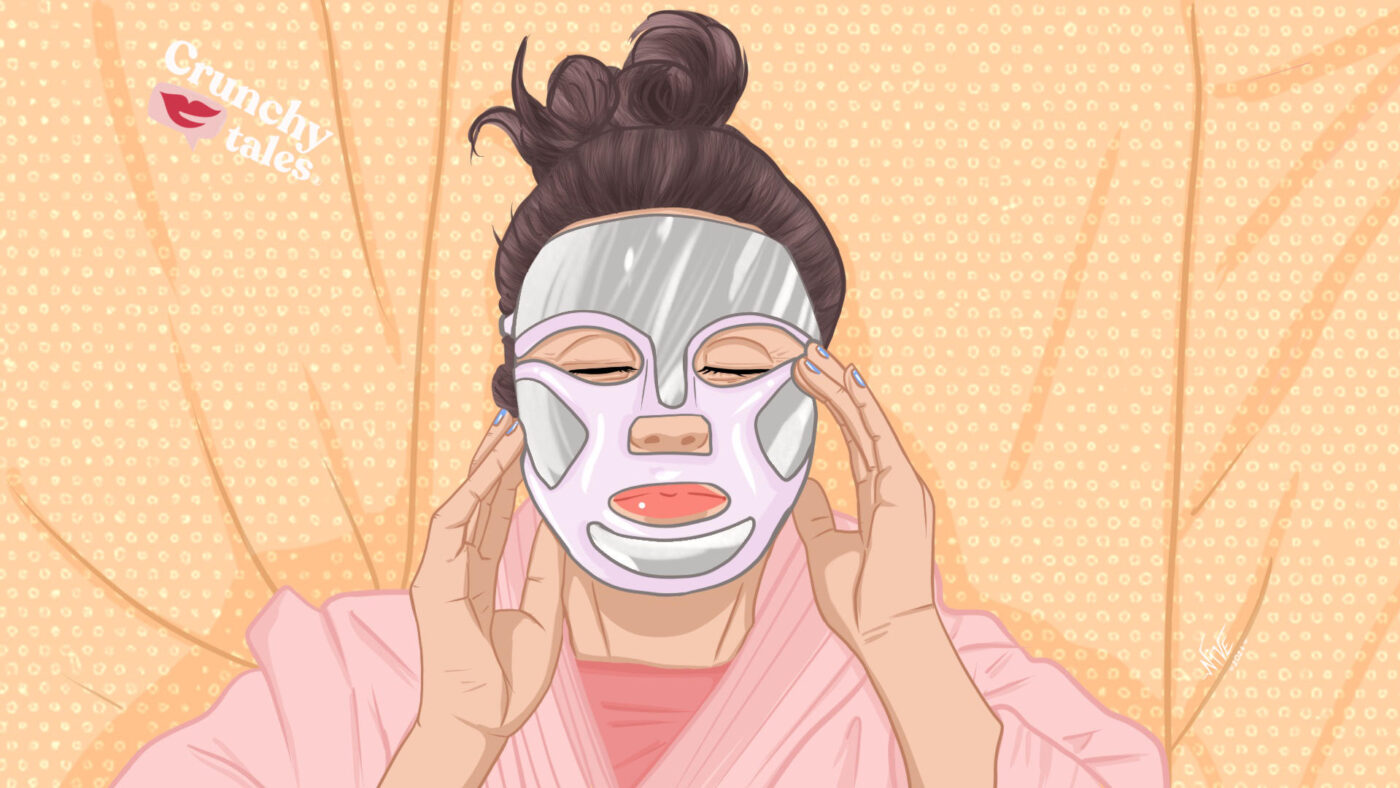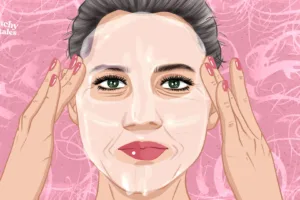LED Masks: Do They Deliver Glowing Results or False Promises?
LED face masks have become a popular skincare trend, flooding social media feeds and promising a youthful, radiant complexion at home. Victoria Beckham, Julia Roberts and Madonna are some of those celebrities who would swear on their effect. From reducing inflammation and slowing down the signs of ageing to stimulating collagen production and boosting glow, it seems these devices can be a golden ticket to better skin health.
But beneath the futuristic glow, do these masks actually deliver on their claims? Studies have shown promise for LED therapy. Research published in the Journal of Investigative Dermatology found that at-home LED masks with red light could effectively reduce signs of ageing. However, many experts emphasize that the research is ongoing.
Let’s delve into the science behind LED light therapy and explore whether these masks would be a good investment or not for women over 50.
Shining a Light on the Science: How LED Masks Work
LED masks are wearable devices equipped with light-emitting diodes (LEDs) that emit specific wavelengths of light, each colour of light stimulates a different response within the cells.
Unlike UV light, these wavelengths are theorized to penetrate the skin and trigger cellular responses, but their benefits depend on the shade of light emitted by the device, which should be chosen based on skin concern.
- Yellow Light
It’s a preconditioning light that creates movement in the top layers of the skin’s cells, making it more receptive to the near-infrared light that follows, like red and blue. Yellow light can help boost glow post-use. - Red light
This wavelength is commonly used to target concerns like wrinkles and fine lines. It’s believed to stimulate collagen production, a protein that plumps and firms the skin. It penetrates the skin further to prompt cellular repair and circulation, resulting in a more vibrant complexion. - Blue light
This light is primarily used to combat acne (yes, we can suffer from acne even in our 50s), with the aim of reducing inflammation and preventing future blemishes. It also helps purify the pores and regulate oil glands. - Infrared light
You can’t see it with the naked eye, but this light goes deeper than any other colour in the spectrum. It fights ageing by renewing dermal and epidermal cells, boosts collagen and elastin production, and accelerates the healing process. Near-infrared light is a key feature in the latest at-home LED masks. - Green light
One small study has found green light therapy to show promise when it comes to fading melasma and hyperpigmentation: conditions that are famously tricky to tackle with topical products alone.
At-Home vs. In-Office Treatments: Weighing the Effectiveness
While the science suggests potential benefits, there are key differences between at-home LED masks and professional treatments offered by dermatologists.
- Light intensity: In-office treatments typically utilize stronger LED lights, leading to potentially faster and more dramatic results.
- Wavelength control: Dermatologist-administered treatments can target specific concerns with a wider range of wavelengths.
- Expertise: Dermatologists can assess your skin and recommend the most appropriate treatment plan.
At-home LED masks, on the other hand, offer convenience and affordability (price ranges from 100 to 300 pounds, depending on features and accessories) . They can be a good option for those seeking a gentle, preventative approach, but managing expectations is crucial. They come in different styles to suit individual preferences. Some people may like the convenience of a sunglasses-style mask, while others may prefer a strapped design.
Regardless of the style, one of the best materials to look for in an LED face mask is medical-grade silicone, easy to clean and hypoallergenic. “Medical-grade silicone is a good material — it’s flexible and can be cleaned easily,” explains Debra Jaliman, M.D., New York City board-certified dermatologist and author of “Skin Rules” (Saint Martin’s Press) to the Associated Press. Stay away from masks made with materials that aren’t breathable and those made with rubber or latex, to prevent allergic reactions.
The number and distribution of LED lights are key factors to consider, too. More lights mean better results, with at least 100 lights needed for optimal penetration into the cells.
How often should you use an at-home LED mask?
LED light therapy is generally considered safe for most people. LED face masks are very easy to use at home and the more consistent you can be about using them, the better their effect will be upon the skin. Using them every day – for about 10 minutes – is ideal.
Since they don’t emit UV light and are non-invasive, they are also very safe to use, so overdoing it isn’t easy. For best results always follow the instructions and look for masks with certifications from reputable organizations.
Of course, if you do notice irregular signs of damage, stop the use of the mask immediately and consult your doctor or dermatologist, especially if you have specific conditions or concerns. Dr. Renita Ahluwalia, lead dermatologist at the Canadian Dermatology and Plastic Surgery Centre highlights that “individuals with eye issues, sensitive skin, those taking photosensitizing medications or those with lupus should avoid LED therapy”.
What should I put on my face before LED light therapy?
For the best results, it’s recommended to use any sort of LED device on clean skin. Gently wash your face prior to therapy with a non-drying cleanser to remove any skincare and make-up residue. Also, try to avoid any aggressive exfoliation and sunlight exposure before starting LED treatment.
While it’s okay to apply skincare beforehand, experts recommend applying products post-treatment to take advantage of increased circulation for better absorption.
Seeing Results: Realistic Expectations and Consistency Are Key
Dermatologists generally agree that LED masks are safe but won’t provide a dramatic makeover overnight. Here’s what to expect:
- Subtle improvements: Results, if any, tend to be gradual. You might notice a brighter complexion, improved texture, or a reduction in breakouts over time.
- Consistency is key: Regular use, following the recommended treatment schedule, is vital to see any benefits.
- Not a magic bullet: LED masks work best when used alongside a good skincare routine that includes cleansing, moisturizing, and sun protection.
The Verdict: A Promising Option, But Not a Silver Bullet
LED masks offer an intriguing addition to a skincare routine, with some scientific backing for their benefits. However, it’s important to approach them with realistic expectations. They likely won’t erase wrinkles or clear acne overnight.
If you’re looking for a gentle, preventative approach and are willing to commit to consistent use, an LED mask might be worth exploring. However, for more significant concerns, consulting a dermatologist for professional treatments is always recommended. Remember, glowing skin is best achieved through a holistic approach that combines LED therapy with a good skincare routine and healthy lifestyle habits.
Like this post? Support Us or Sign up to our newsletter to get more articles like this delivered straight to your inbox!





